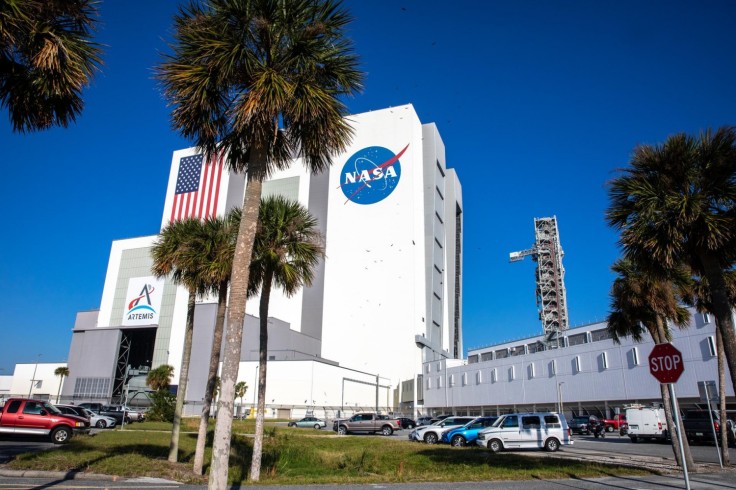NASA now has all it needs prepared to turn its Artemis 2 mission into a reality.
The space agency recently revealed it is almost prepared, if not fully, to make the first crewed Artemis mission happen following the success of its uncrewed Artemis mission that ended with a Pacific splashdown in December 2022.
NASA launched its Artemis 1 mission on Nov. 16, 2022, at 1:47 AM EST from Kennedy Space Center's 39B launch pad in Florida after many wet rehearsal failures, a hurricane, and a few repairs.
NASA Artemis 2 Preparation Details

NASA mentioned in an earlier blog post that the data it gathered, assessed, and eventually released after the launch of its Artemis 1 mission showed that its Space Launch System (SLS) mega rocket performed exceptionally and that it is ready to support a crewed mission - Artemis 2.
The space agency got the data it needed to determine whether the SLS rocket was ready for its Artemis 2 mission using the many instruments and cameras the rocket had during the launch of Artemis 1. NASA mentioned that seeing the rocket's launch from its "rocket view" involved strategically positioning cameras, sensors, and other measurement tools along the rocket, the mobile launcher, and the launch pad.
Beth St. Peter, SLS imagery integration lead, mentioned that the numerous views of the Artemis 1 rocket provided imagery data that help experts determine how the SLS performed from liftoff through the ascent and separation events.
John Blevins, SLS chief engineer, mentioned that the data NASA got back from the Artemis 1 mission is critical in building confidence in the rocket to send humanity back to the moon. He added that the data NASA gathered would help improve the rocket's future flights, with them being already in use to streamline future missions.
According to Space.com, Artemis mission team members reviewed the data and found that the rocket requires no big changes ahead of its Artemis 2 launch.
John Honeycutt, SLS Program manager, supports this finding. He stated that the correlation between the rocket's actual flight performance and predicted performance for Artemis 1 was excellent and that it had laid the foundation for the "Artemis Generation" and the future of spaceflight in deep space.
The SLS isn't the only one NASA is preparing. In a much recent blog post, NASA revealed it is preparing its many facilities to make the Artemis 2 mission a successful reality. The space agency is hard at work preparing its vehicle assembly building, mobile launcher, Orion processing facility and heat shield, and the Launch Complex 39B, the same launch pad NASA used for its Artemis 1 mission.
Artemis 2 Mission Details
If NASA's Artemis 1 mission is to determine if the rocket is ready for the rigors of going to space and reaching the moon, the Artemis 2 mission is to determine if the rocket and its Orion spacecraft have what it takes to take live astronauts to the moon.
That's right. Humanity won't be setting foot on the surface of the moon just yet. According to Space.com, the Artemis 2 mission involves the Orion spacecraft going around the moon and giving astronauts a good look at it before returning to Earth.
Artemis 2 won't be occurring anytime soon, but isn't that far off, either. The mission is scheduled to launch sometime in 2024. After that, Artemis 3, the mission that will take astronauts back to the moon's surface, is destined to launch in 2025 or 2026.
Related Article : NASA's Artemis 1 Orion Spacecraft Is Home; Pacific Splashdown a Success!









